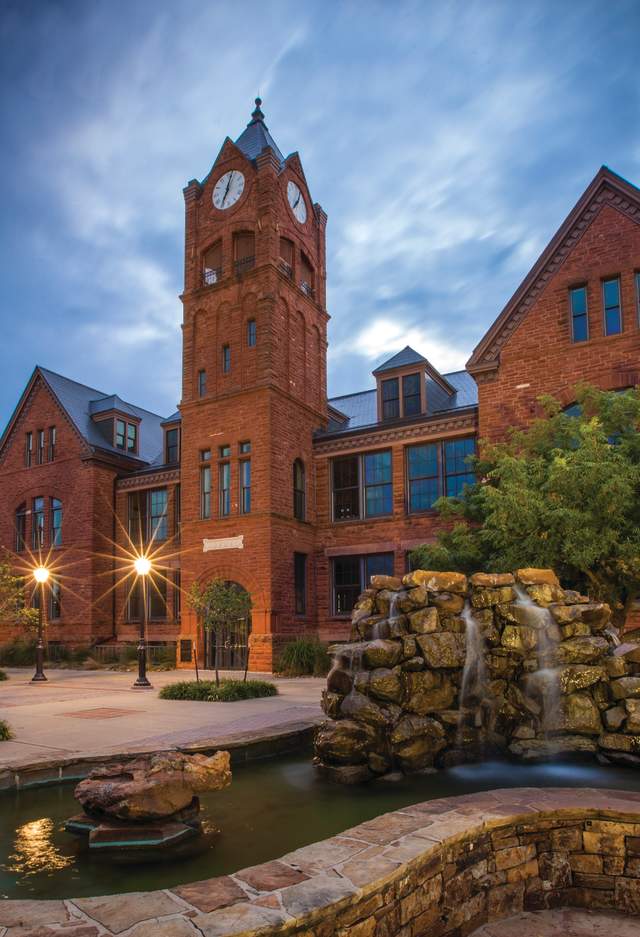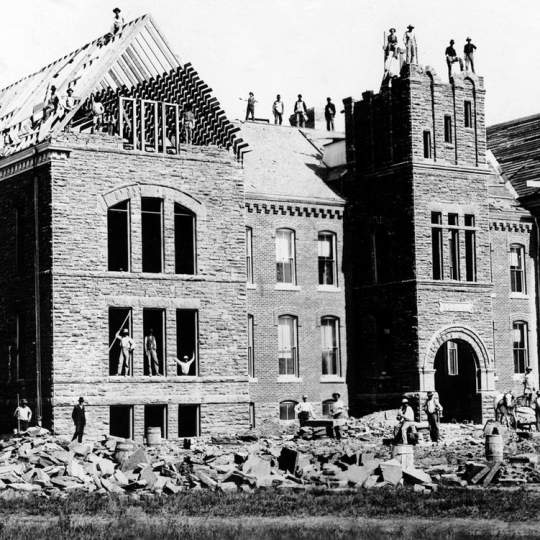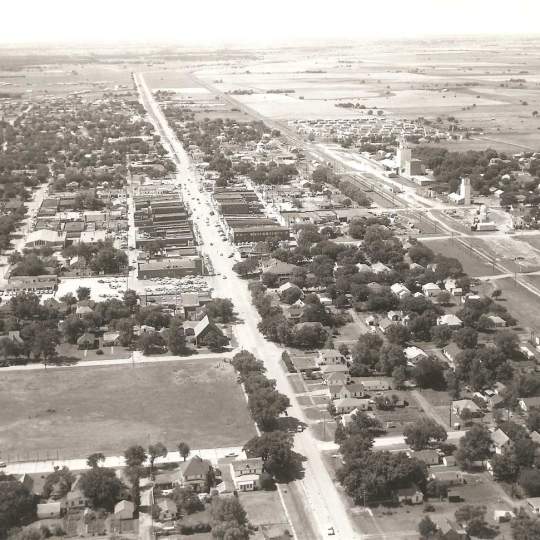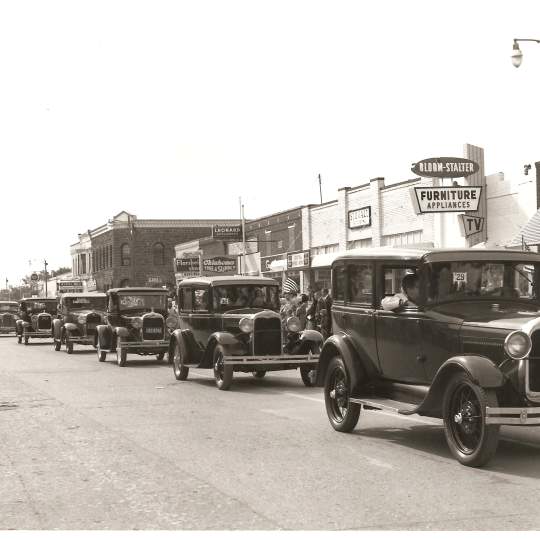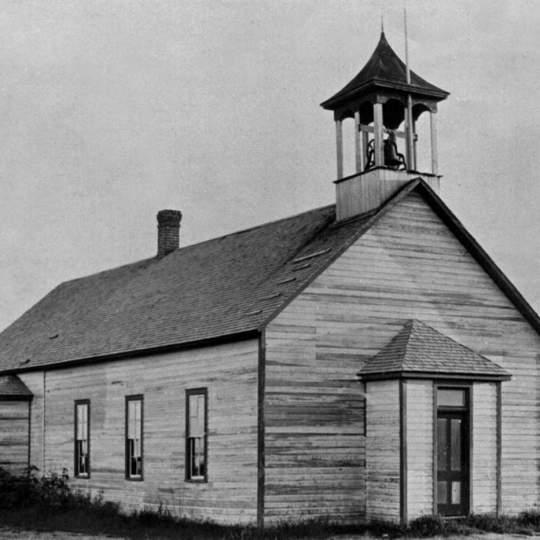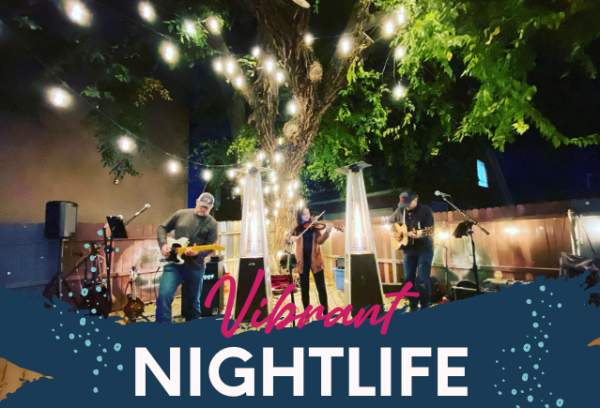Our City's History: From Indian Territory to Today
Early Exploration
First explored by Washington Irving in 1832, Edmond was part of the Unassigned Lands, territory that was not assigned to any Native American tribe living in the area. The area was open to exploration, inhabited by herds of buffalo, black bears and wild horses, and used for hunting by nearby tribes.
On July 4, 1884, Congress granted rights to railroad companies to build tracks across the territory. By 1887, railroads were running across the Unassigned Lands. That year the train station, first named Summit for being the highest point of the railway between the Cimarron and North Canadian rivers, was officially renamed Edmond. There are several theories as to why Edmond was chosen, but it is unclear exactly why our city got its name.
One passenger and one freight train arrived from each way daily stopping for water, coal and meals that Mrs. Steen, the wife of construction worker John M. Steen who came from New Mexico to build the well, cooked for the crews. One man said Edmond was the most important stop between Purcell and Arkansas City because crews could eat there.
History of Firsts
At noon on April 22, 1889, the land run began due to a proclamation signed by President Benjamin Harrison to open the Unassigned Lands to settlers. At 12:05 PM, surveyors were laying out the townsite.
The first legal settlers of Edmond were Colonel Eddy B. Townsend, Hardy C. Angelea, and J. Wheeler Turner. They rode their horses from 15 miles east of Edmond, at the west line of the Kickapoo Indian Reservation, to join the land run. It was the determination of settlers like these who put their stamp on Edmond and shaped its personality.
The first settlers lead to many more firsts for our great city:
- First public schoolhouse in Oklahoma Territory, 1889 Territorial Schoolhouse at 2nd and Boulevard
- First flour mill in Edmond, the Snyder Flouring Mill now located where Farmer's Grain is opened in 1891
- First newspaper in Edmond, the Edmond Sun
- First public institution of higher education in Oklahoma Territory, the Territorial Normal School, now the University of Central Oklahoma at 2nd and University
Continued Development
In 1907, Edmond saw many monumental achievements. Oklahoma became a state, natural gas lines were built to reach the city, a housing addition was under construction south of 2nd St. between Broadway and Boulevard, and more.
The Great Depression and the Dust Bowl days struck the city in the 1930s. Citizens saw some relief from oil booms in the 1930s and bigger wells were drilled in the 1940s. City development continued in the 1930s, with the establishment of Ray Deveraux's jewelry store in 1931 and the Baggerly Funeral Home's opening in 1930.
President Franklin Roosevelt's WPA program employed 93,000 people in Oklahoma in 1936. The WPA brought several projects to Edmond, including:
- Gracelawn Cemetery stone fencing at Danforth and Broadway
- The armory building, which now houses the Edmond History Museum, at 5th and Boulevard
- Bridges and amenities at Stephenson Park at 4th and Littler
- "Pre-Settlement Days" Mural at 1st and Littler
These landmarks still stand today and are available for visitation.
Additional WPA projects in Edmond include the American Legion building, the Community Center (now Mobile Meals), the Post Office, which is now Municipal Court/101 E. 1st city building, Russell Dougherty School, Murdaugh Hall and Thatcher Hall on the Central State campus.
In the 1980s, nearly 100 years after the Land Run that started the City of Edmond, Hafer Park opened, the site for Arcadia Lake was dedicated and the Oak Tree Country Club was being built.
Today, Edmond boasts a population of nearly 95,000. Several historic sites built throughout our city's history remain standing, like the 1889 Territorial Schoolhouse, the Rodkey grain elevator, and the University of Central Oklahoma's Old North. Edmond has grown exceedingly well in the past 130 years, and we are still growing.
National Register of Historic Places
Edmond, Oklahoma County
Edmond is a city that proudly boasts a rich and colorful past, evidenced through the historic sites that have been preserved to this day. Our city was built by cattle drives, a train station, and settled through an energetic land run. Appreciation of this heritage is readily seen by the numerous historic buildings and plaques exhibited on those buildings dispersed throughout the community. Much of this information has been provided courtesy of the Edmond History Museum and the Edmond Historic Preservation Trust.
